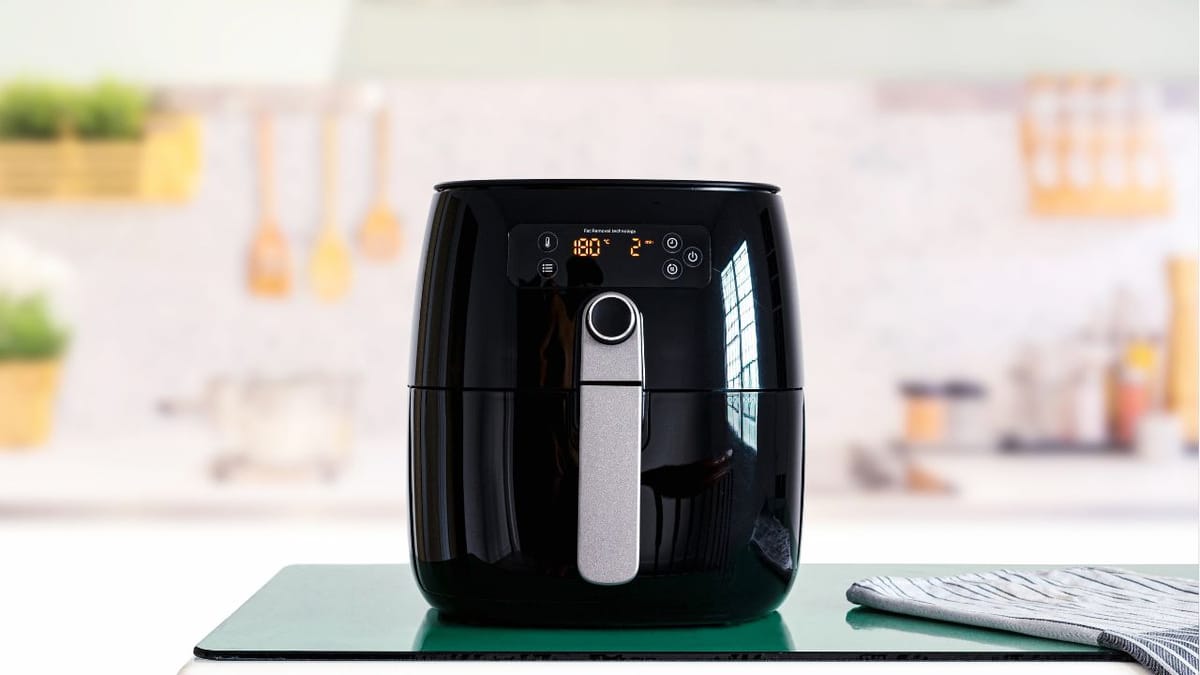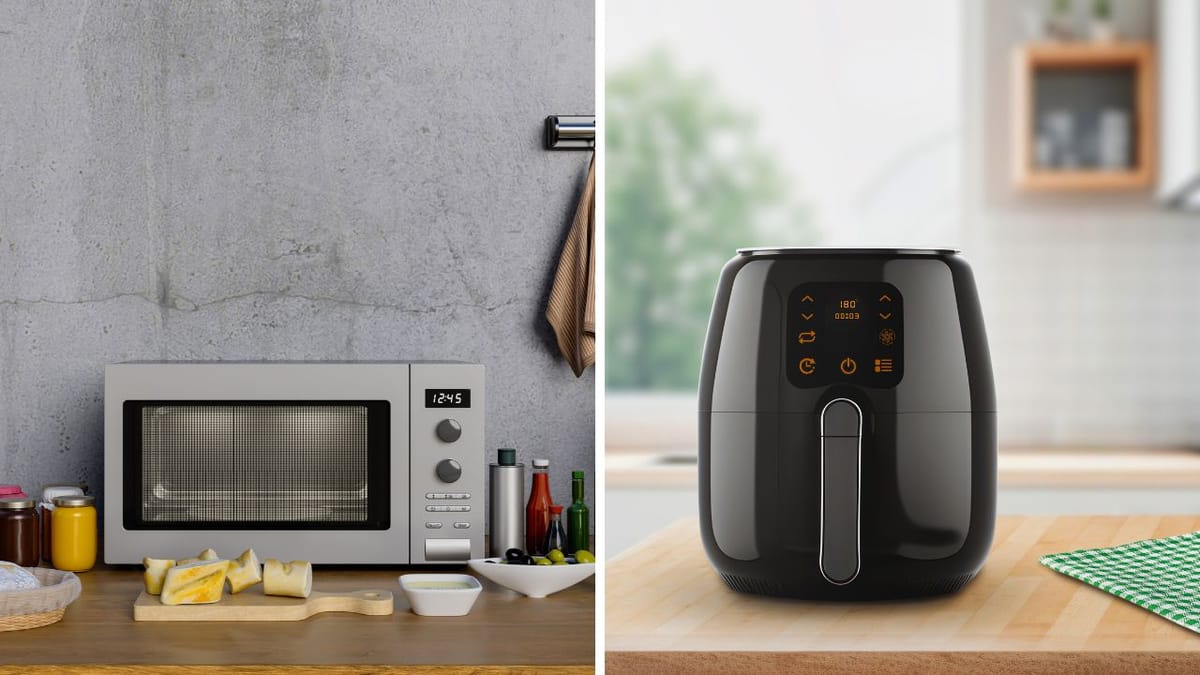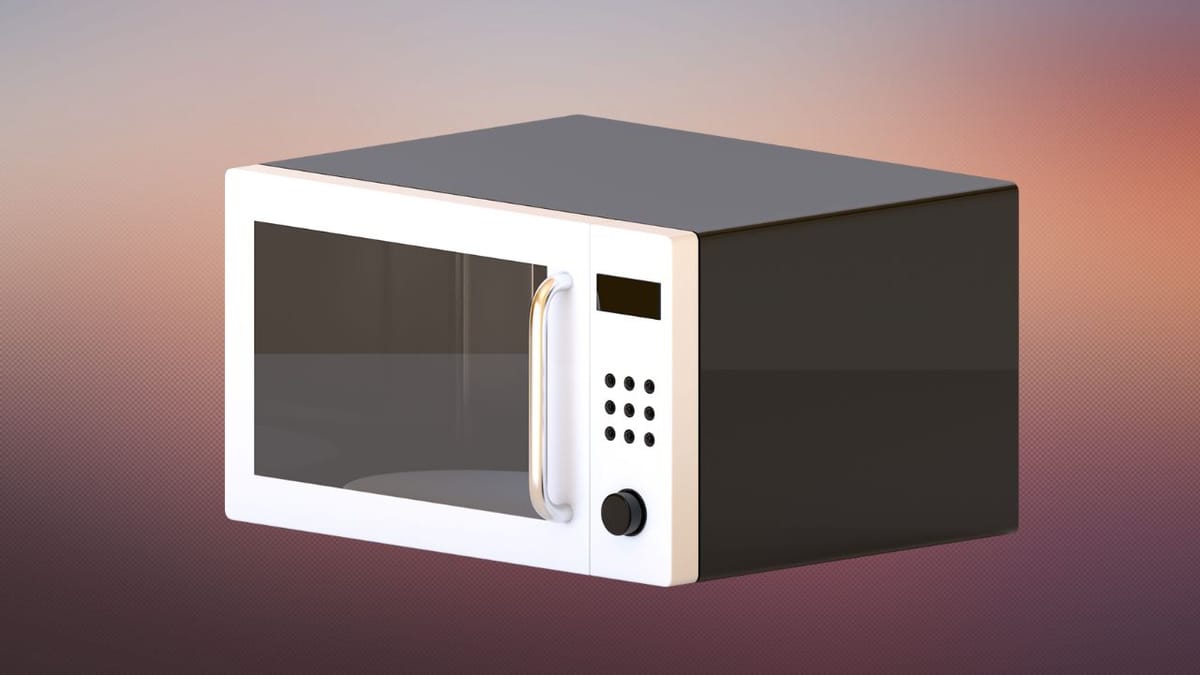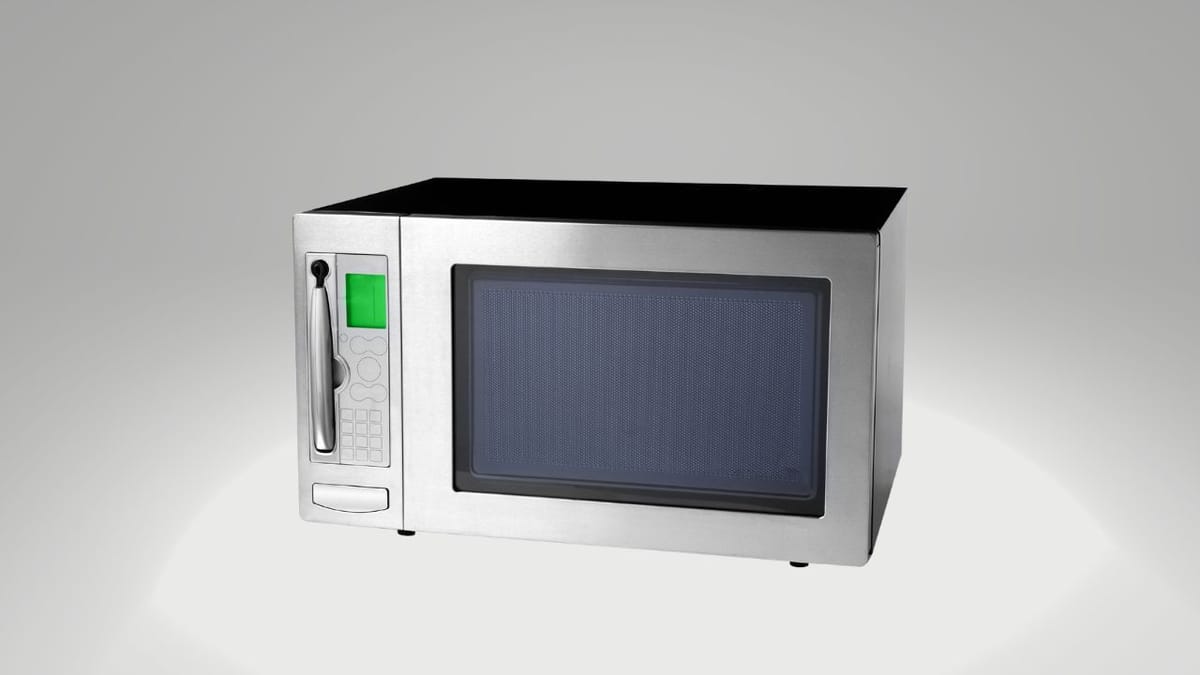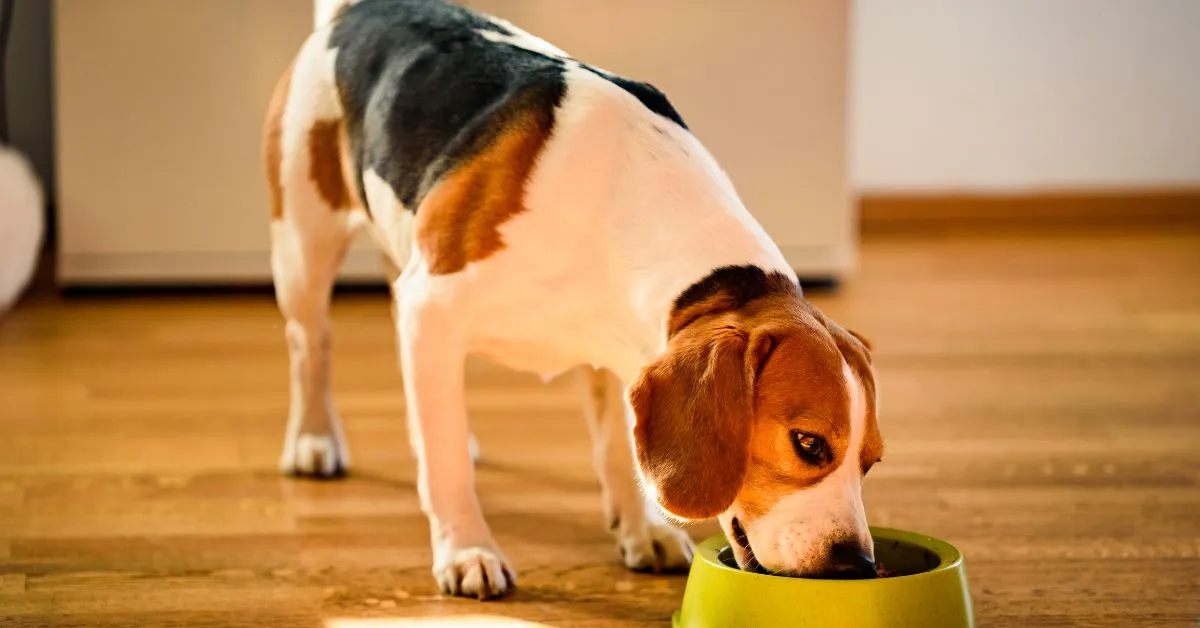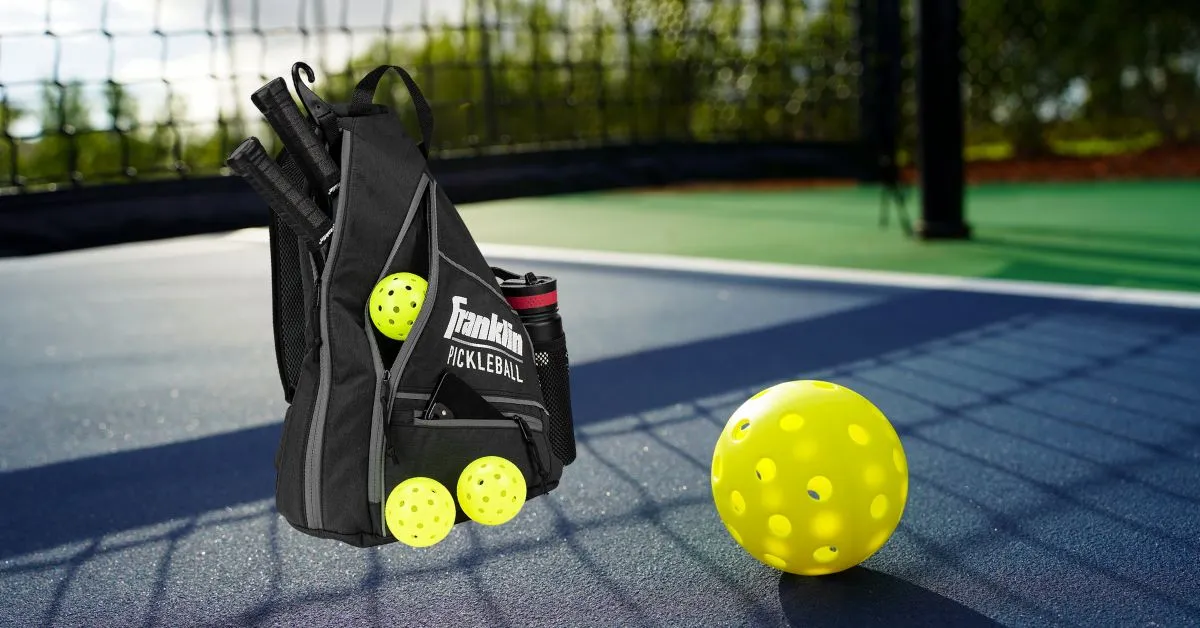Table of Contents
Key Takeaways:
- Air fryers offer a quicker cooking process with a unique rapid air technology that an oven cannot match.
- They require less oil, promoting healthier cooking, and are generally easier to clean than traditional ovens.
- Air fryers provide a distinct texture and flavor to food that is different from what you'd get with an oven.
Cooking technology has evolved significantly over the years, and one of the most popular kitchen gadgets to emerge recently is the air fryer. This countertop appliance has been touted as a game-changer in the world of cooking, offering a healthier alternative to deep frying and different capabilities compared to a traditional oven. But what exactly does an air fryer do that an oven doesn't? Let's dive into the details.
With detailed and rigorous research, we provide our readers with the finest recommendations. Our recommendations are our opinions. Our cause is backed by reader support- for every click made through one of our affiliates links, a commission may be earned at no extra expense to you! As an Amazon Associate, Reviewsopedia may earn a commission from qualifying purchases. Thank you and enjoy!
The Basics of Air Frying Technology
Air fryers operate on the principle of rapid air technology. They circulate hot air around the food at high speed, cooking the food and producing a crispy layer via the Maillard effect. Unlike conventional ovens that cook food using radiated heat from elements and convection, air fryers target the food more directly and efficiently.
The design of an air fryer is compact, which allows it to preheat very quickly — often in just a few minutes. This is a stark contrast to ovens, which may take significantly longer to reach the desired temperature. The rapid air movement in the cooking chamber of the air fryer also means that food cooks faster and more evenly than in an oven.
Healthier Cooking with Less Oil
One of the most significant advantages of an air fryer is its ability to cook food with a fraction of the oil that would be required for deep frying. This results in meals that have less fat and fewer calories, without compromising on the taste and texture of the food. Ovens, while they can bake and roast with less oil than deep frying, still cannot replicate the 'fried' texture that an air fryer can achieve with minimal oil.
The air fryer's basket design also contributes to healthier cooking. Excess oil drips away from the food, reducing the overall fat content of the meal. This feature is something that ovens, even with a drip tray, cannot match in terms of efficiency and ease.
Size and Convenience
Air fryers are generally smaller and more portable than ovens. This makes them a convenient option for small kitchens, dorm rooms, or for those who need an additional cooking appliance during large meal preparations. The size of an air fryer also contributes to its energy efficiency, as it heats up a smaller space and requires less electricity.
Moreover, the convenience of an air fryer extends to its ease of use. Most models come with simple controls and preset cooking modes, making them user-friendly even for those who are not confident cooks. Ovens, on the other hand, may have more complex settings and require more cooking knowledge to operate effectively.
Speed and Efficiency
The cooking speed of an air fryer is one of its most appealing features. Due to the rapid air technology and smaller size, air fryers can cook food in a fraction of the time it takes an oven. This efficiency is not just about time savings; it also means that air fryers can be a more energy-efficient choice, especially for small to medium-sized meals.
Additionally, the efficiency of an air fryer is evident in its ability to cook from frozen without the need for defrosting. Ovens typically require thawing for even cooking, which adds to the overall preparation and cooking time.
Versatility in Cooking
Air fryers are surprisingly versatile. They can fry, bake, grill, and roast, offering a range of cooking options that can rival ovens. While ovens are also versatile, air fryers provide a unique taste and texture to food, especially when it comes to mimicking the crispiness of frying.
The ability to quickly switch between cooking modes without preheating again between tasks is another point where air fryers excel. Ovens may require additional time to switch functions, such as going from baking to broiling.
Flavor and Texture
The texture that an air fryer can impart to food is distinct. It can achieve a crispy, crunchy exterior with a tender interior, which is often associated with deep-fried foods, without the greasiness. Ovens can struggle to replicate this texture, especially without the use of additional oil or fats.
Flavor-wise, air fryers can intensify the taste of food due to the Maillard reaction happening rapidly on the surface of the food. This reaction, which occurs when proteins and sugars in food are exposed to heat, is responsible for the delicious flavor and browned color of cooked foods.
Cleaning and Maintenance
Cleaning an air fryer is typically more straightforward than cleaning an oven. Air fryers have fewer parts, and many models have non-stick baskets that are dishwasher safe. Ovens, with their larger size and multiple racks and trays, can be more labor-intensive to clean, especially after cooking messy or greasy foods.
The compact nature of air fryers also means there are fewer places for food particles and grease to accumulate, making regular maintenance easier and less time-consuming than with an oven.
Energy Consumption
When it comes to energy use, air fryers are generally more efficient than ovens. They reach cooking temperature quicker and cook food faster, which means they are in use for a shorter period. This can lead to lower energy bills, especially if you are cooking small to medium-sized meals.
Ovens, with their larger size, take more energy to heat up and maintain temperature. For those looking to reduce their energy consumption, an air fryer can be a more eco-friendly option.
Safety Features
Air fryers often come with built-in safety features that make them a safer option in the kitchen. These can include automatic shut-off mechanisms, cool-touch exteriors, and lockable lids. While modern ovens also have safety features, the high heat and larger open space can pose more risks, especially to children and pets.
The exterior of an air fryer stays relatively cool to the touch, reducing the risk of burns that can occur with an oven's hot surfaces.
Cost Considerations
When considering the cost, air fryers can be less expensive than ovens, both in upfront costs and in the long run. They are smaller appliances and use less energy, which can contribute to savings on utility bills. Ovens, particularly high-end models, can be a significant investment and cost more to operate.
However, it's important to consider the cooking needs of your household. For large families or those who cook in bulk, an oven may still be the more practical choice despite the higher cost.
Summary
Air fryers have carved out their niche in the kitchen by offering a unique combination of speed, efficiency, and the ability to cook with less oil. They provide a distinct texture and flavor to food, are easier to clean, and come with convenient safety features. While ovens have their own set of advantages, particularly for large-scale cooking, air fryers offer benefits that ovens simply cannot match.
FAQ Section
Can an air fryer replace an oven?
While an air fryer offers many unique benefits and can perform many of the same functions as an oven, it may not completely replace an oven, especially for large families or for those who need to cook large quantities of food at once.
Is food cooked in an air fryer healthier than oven-cooked food?
Air fryers can cook food with less oil than both deep frying and some oven-cooked methods, which can result in healthier meals with fewer calories and less fat.
Do air fryers cook food faster than ovens?
Yes, air fryers generally cook food faster than ovens due to their rapid air technology and smaller size, which allows for quicker preheating and cooking times.
Other Related Articles

